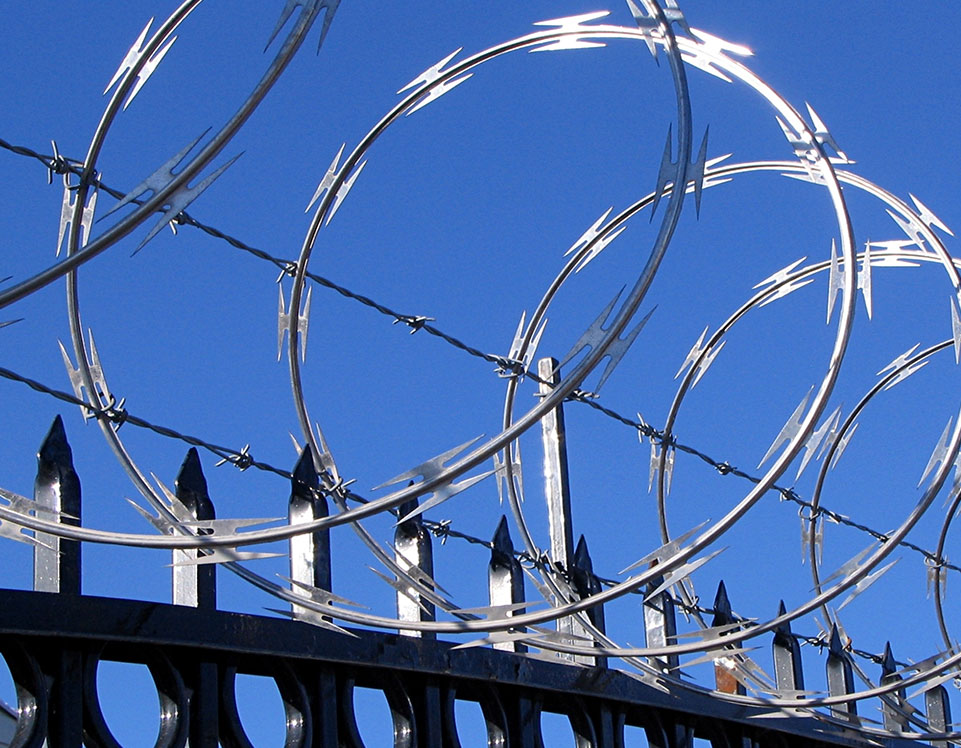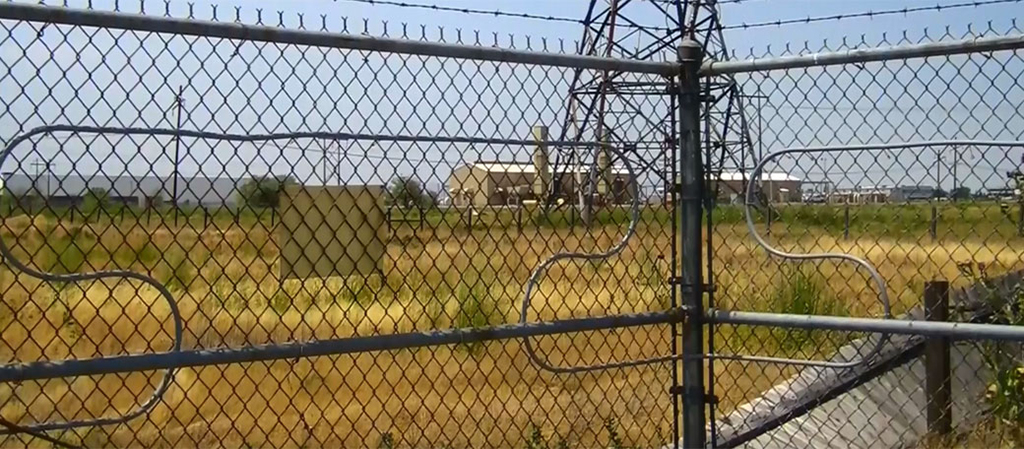The Importance of a Fiber Optic Security System in Protecting Critical Infrastructure and Facilities
The Importance of a Fiber Optic Security System in Protecting Critical Infrastructure and Facilities
Blog Article
The Ultimate Overview to Fiber Optic Safety And Security Systems for Your Organization
In an era where security concerns are extremely important for companies, comprehending the ins and outs of fiber optic innovation can be transformative. This overview outlines how integrating fiber optic security systems not just enhances data defense yet also uses advantages like resistance to interference and real-time monitoring capabilities. As organizations evaluate their security requires, it becomes vital to take into consideration the setup process and the current developments in the field. What specific variables should be prioritized when choosing the best system, and just how can organizations ensure they make one of the most enlightened options?
Comprehending Fiber Optic Technology

The core of a fiber optic wire consists of a thin glass or plastic facility, surrounded by a cladding layer that reflects light back right into the core. fiber optic security system. This layout guarantees very little loss of signal toughness, even over extensive ranges. There are 2 primary sorts of fiber optic cables: single-mode and multi-mode. Single-mode fibers are designed for long-distance transmission, while multi-mode fibers are ideal for shorter distances, commonly used within structures.
Fiber optics are not just much faster yet also more secure than standard circuitry. Their fundamental resistance to electromagnetic interference and the trouble of taking advantage of the signal without discovery make them a preferred selection for companies prioritizing information integrity and protection. As companies progressively rely on safe and secure and efficient interaction systems, understanding fiber optic innovation becomes essential for educated decision-making.
Secret Advantages of Fiber Optic Security
When considering protection options for a business, the advantages of fiber optic systems are specifically engaging. Fiber optic modern technology uses exceptional information transmission rates and bandwidth ability, making it suitable for dealing with high-resolution video clip feeds from security electronic cameras. This capability ensures that security workers receive real-time information, enhancing overall feedback times to possible safety and security hazards.
In addition, fiber optic cable televisions are inherently immune to electromagnetic interference, which can endanger the stability of standard copper-based systems. This resistance ensures that the data transferred stays safe and secure and nonstop, supplying a much more dependable protection facilities. Additionally, optical fiber are much less prone to physical damage, as they are made from glass instead of steel, minimizing upkeep expenses and downtime.
Fiber optic systems provide boosted cybersecurity attributes, including security abilities that shield sensitive information from unapproved accessibility. Collectively, these advantages make fiber optic safety systems a durable selection for organizations seeking to enhance their protection steps.
Installation Process and Factors To Consider
Taking into consideration the intricacies involved, the installment process of fiber optic safety systems calls for mindful planning and execution. The first action involves an extensive site assessment to recognize optimal areas for cabling and tools. This assessment should consider ecological aspects, existing framework, and prospective susceptabilities.

In addition, the installation has to comply with neighborhood building regulations and you could try here market standards. This may include collaborating with different stakeholders such as building supervisors, IT teams, and safety and security personnel to make certain seamless integration with existing systems.
Post-installation, strenuous testing is required to validate system efficiency and determine any type of issues that might emerge. By prioritizing these considerations throughout the setup process, organizations can ensure a durable and effective fiber optic safety system that meets their certain safety and security demands.
Newest Technologies in Fiber Optic Security
Current developments in fiber optic modern technology have substantially enhanced the capacities of safety and security systems for organizations. One of one of the most remarkable developments is the assimilation of fiber optic sensors that can identify vibrations and breaches along the perimeter of a center. These sensors offer real-time surveillance, allowing fast feedback to potential breaches.
In addition, the growth of dispersed fiber optic picking up innovation enables the continual tracking of large areas with a solitary fiber cord. This method not just minimizes installation costs yet additionally enhances the reliability of checking systems by eliminating the need for several, different sensing units.
Moreover, advancements in multiplexing methods have actually made it possible for businesses to transmit huge quantities of information over fiber optic networks, boosting the capacities of video clip surveillance systems. High-definition video feeds can now be sent over fars away without loss of top quality, ensuring that security employees have accessibility to clear and workable details.
Last but not least, making use of expert system (AI) combined with fiber optic systems is transforming risk detection. AI algorithms can evaluate data from fiber optic networks to identify unusual patterns or behaviors, permitting positive safety procedures. These advancements collectively represent a considerable jump onward in fiber optic protection modern technology.
Selecting the Right System for Your Company
Choosing the suitable fiber optic safety and security system for your business is crucial for ensuring optimum security and satisfaction. To make an informed selection, examine your details safety needs, considering variables such as the size of your properties, the nature of your procedures, and prospective susceptabilities.
Begin by assessing the level of safety and security called for; as an example, risky settings may require advanced systems with integrated security and intrusion discovery abilities. Next, take into consideration scalability; as your service grows, your safety and security system must be capable of expanding to fit increased needs without substantial overhauls.
In addition, investigate the dependability and efficiency of numerous systems. Try to find this suppliers with recognized online reputations and client reviews that attest to their service quality. It's additionally advisable over at this website to inquire regarding the innovation's compatibility with existing framework, guaranteeing a smooth assimilation procedure.
Final Thought
In conclusion, fiber optic protection systems provide a robust remedy for improving business safety and security infrastructures. The most recent developments further strengthen the performance of these systems, guaranteeing that businesses continue to be protected and versatile in an ever-evolving hazard landscape.
Report this page